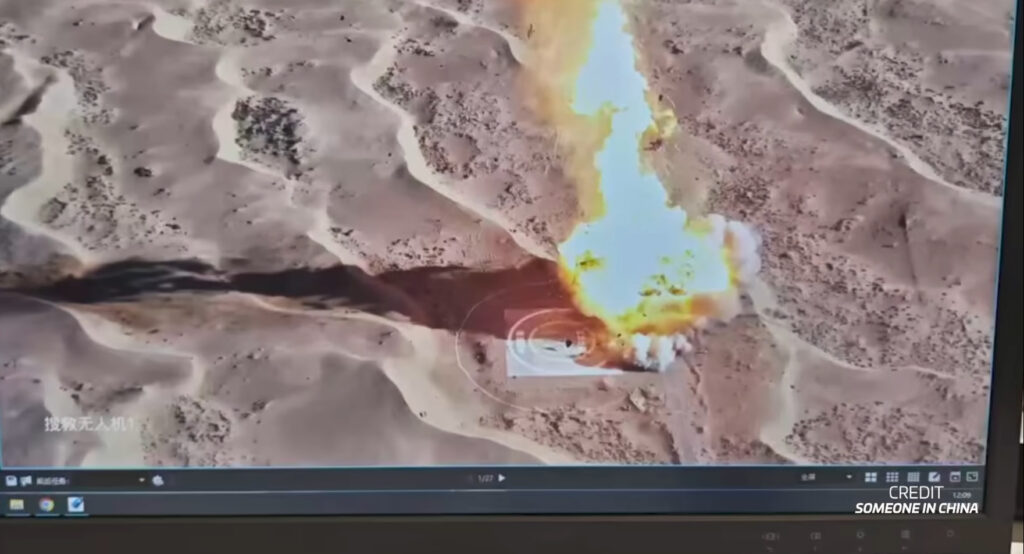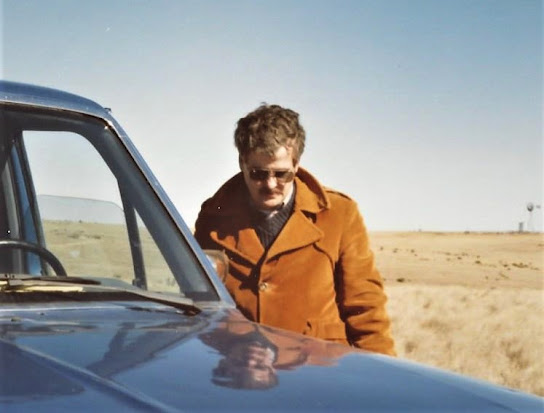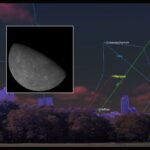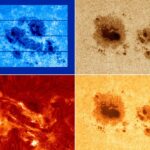Now Reading: UFO Secrecy and Disinformation Shape Decades of Government Narratives
-
01
UFO Secrecy and Disinformation Shape Decades of Government Narratives
UFO Secrecy and Disinformation Shape Decades of Government Narratives


Much like the intricate tapestry of reality weaves through the cosmos, the history of UFO sightings and investigations has been a complex interplay of truth, deception, and intrigue. In the grand narrative of human experience, the quest for understanding our place in the universe is often accompanied by the shadows of governmental secrecy and misdirection. The saga began in earnest with the emergence of the term “flying saucer” in the late 1940s, a phrase that sparked equal parts curiosity and skepticism. This era marked not only the inception of public fascination with unidentified flying objects (UFOs) but also the dawn of a systematic attempt by various institutions to control the narrative surrounding these phenomena.
Perhaps one of the most egregious examples of disinformation emerged from the infamous Roswell incident of 1947. The debris recovered by rancher Mack Brazel was initially sensationalized as the remnants of an extraterrestrial spacecraft. However, within days, the U.S. military retracted that notion, claiming instead that it was merely a weather balloon from the classified Project Mogul. This swift pivot not only muddied the waters of public perception but also set a precedent for how subsequent UFO encounters would be treated by authorities. The government’s behaviour in Roswell established a playbook for the manipulation of public opinion, combining elements of plausible deniability with outright denial, creating an environment where witnesses were often discredited or ignored.
The decade that followed saw the rise of formal investigations into UFOs, most notably Project Blue Book, which operated from 1952 to 1969. Despite its outward appearance of transparency, Blue Book’s investigations were often hampered by the very military bureaucracy that initiated them. Reports of UFO sightings were frequently classified as “insufficient data” or attributed to natural phenomena, rather than engaging with the testimonies of credible witnesses. This was crucial during a time when Cold War tensions ran high, and any sighting—be it real or misidentified—could easily be misconstrued as a threat from rival powers. Consequently, instances where military personnel or civilians reported unusual aerial phenomena were swept under the rug, as authorities preferred to present a narrative of control and composure.
Fast forward to the modern era, where organizations like the All-domain Anomaly Resolution Office (AARO) have resurfaced the topic of UAPs (Unidentified Aerial Phenomena) with renewed vigor. However, as recent discussions and articles, like those presented by the Wall Street Journal, indicate, the echoes of disinformation persist. AARO’s claims suggest that many reported phenomena can be accounted for as misidentified aircraft or technological advancements of rival nations. Such assertions echo the sentiments of decades past, where credible testimony often fell victim to a narrative shaped by institutional self-preservation rather than empirical investigation.
Reflecting on the legacy of disinformation, one can’t help but wonder if the government’s historical necessity to control the narrative surrounding UFO sightings has led to a self-perpetuating cycle of distrust. The information released about “secret projects,” sensational allegations of “pranks,” and dismissive attitudes towards credible witnesses illustrate a framework designed to shield not only technological advancements but also the very institution’s credibility from the public. In this light, one might argue that the real community of inquiry has not only been the scientists and ufologists but also the countless individuals who have dared to speak out, only to find their voices drowned in a sea of misinformation.
The ramifications of this culture of secrecy extend beyond mere curiosity; they touch upon fundamental aspects of human rights and public transparency. How many credible accounts remain buried under layers of bureaucracy and disinformation? How does one trust a governmental body that has historically obfuscated the truth? As we continue to explore the cosmos and the secrets it may hold, these questions linger, urging us towards a more open dialogue about our potential encounters with the unknown.
The historical context of UAP investigations teaches us one essential lesson: the pursuit of truth in the face of institutional obfuscation demands vigilance and unwavering curiosity. Understanding the past is vital as we navigate the complex landscape of UAP disclosure and the myriad implications it holds for our future. In the great expanse of the universe, we may still find ourselves asking, “Are we alone?” but the venture into sincerity begins with the courage to confront our own history.
As we delve deeper into the claims made by the All-domain Anomaly Resolution Office (AARO), it is essential to acknowledge the complex reality of military encounters with Unidentified Aerial Phenomena (UAP). These encounters often transcend the simplistic categorizations of misidentified aircraft or natural anomalies. Instead, they reveal a labyrinthine interplay of experience, evidence, and the human instinct to seek understanding amidst the unknown. The AARO’s assertion that many sightings can be easily explained as mundane occurrences or rival technology fails to take into account the wealth of firsthand accounts from military personnel, who, unlike many, have undergone rigorous training to discern between various aerial phenomena.
For instance, let us think the testimony of a former Navy pilot who, during a training exercise off the coast of Virginia in 2004, experienced an encounter with what has since been dubbed the “Tic Tac” UAP. This object exhibited flight capabilities that defied our understanding of aerodynamics, moving at astonishing speeds and executing maneuvers that no known aircraft could replicate. The pilot’s detailed account, complete with radar data and infrared footage, challenges the notion that these encounters can be dismissed as simple misunderstandings or tricks of light. What is particularly striking about the Tic Tac incident is not merely the object’s behavior, but the authenticity and credibility of the observers, all of whom were seasoned military professionals.
Moreover, it’s critical to recognize that these encounters are not isolated events. A high number of incidents have occurred over decades, with credible witnesses ranging from high-ranking officers to enlisted personnel, all reporting similar experiences. The breadth of these testimonies paints a picture that goes beyond mere coincidence or shared delusion. Many of these witnesses have faced repercussions for speaking out, casting doubt on the idea that there is a culture of frivolity surrounding UAP discussions. Instead, they reflect a genuine concern for the implications that these phenomena might have on national security.
Moreover, the often-repeated narrative that UAP sightings are predominantly grounded in “Cold War pranks” undermines the seriousness with which these events should be regarded. This dismissive portrayal trivializes the potential threats posed by unidentified objects that traverse sensitive airspace. One must ask: does it serve the interests of a government to downplay these encounters when they could represent a genuine challenge to national defense? A philosophy of ridicule often masks a deeper unease about the unknown; it sidesteps the uncomfortable truths that might emerge if rigorous analysis of such sightings is pursued.
In light of these considerations, AARO’s claims of routine misidentifications must be approached with skepticism. The dissonance between the military’s firsthand accounts and institutional efforts to downplay these incidents raises significant concerns about transparency. More disturbingly, it suggests that the AARO, in its assertions, might be echoing past governmental efforts to manage the narrative surrounding UFOs by casting doubt on otherwise compelling evidence. This cyclical pattern of denial is not limited to the United States; similar behaviors have been observed in other nations, pointing to an overarching trend of governmental reluctance to engage with the implications of UAPs fully.
It is also imperative to examine the nuanced technical discussions that often accompany UAP reports. AARO’s analysis and conclusions often hinge on technological explanations, yet these explanations can be disingenuous if they do not account for the data presented by military observers. For example, discussions surrounding the infrared signatures of these UAPs often fail to adequately address the discrepancies observed in speeds and maneuverability. The apparent absence of a coherent technological basis for these objects belies the simplistic explanations provided in official statements.
In the context of these investigations, one cannot ignore the critical role of science and rigorous inquiry. The intersection of scientific exploration and government transparency is tenuous at best, especially when considering the profound societal questions posed by UAP phenomena. The reality of our encounters—whether alien or merely advanced human technology—demands an exploration unburdened by the historical biases that have often colored the discussion.
Therefore, as we continue to grapple with the implications of AARO’s claims, we must also push for a more nuanced and open dialogue about military encounters with UAPs. Understanding the complexities of these sightings requires diligence, the willingness to challenge established narratives, and a commitment to uncovering the truth that lies beneath layers of obfuscation. To achieve enlightenment in this regard is to embrace the unknown and to acknowledge that our quest for knowledge about our world—and potentially others—might hinge on our ability to confront uncomfortable realities.
Stay Informed With the Latest & Most Important News
Previous Post
Next Post
-
 012024 in Review: Highlights from NASA in Silicon Valley
012024 in Review: Highlights from NASA in Silicon Valley -
 02Panasonic Leica Summilux DG 15mm f/1.7 ASPH review
02Panasonic Leica Summilux DG 15mm f/1.7 ASPH review -
 03How New NASA, India Earth Satellite NISAR Will See Earth
03How New NASA, India Earth Satellite NISAR Will See Earth -
 04And Thus Begins A New Year For Life On Earth
04And Thus Begins A New Year For Life On Earth -
 05Astronomy Activation Ambassadors: A New Era
05Astronomy Activation Ambassadors: A New Era -
06SpaceX launch surge helps set new global launch record in 2024
-
 07Space Force plans new ‘Futures Command’ amid pressure to speed up modernization
07Space Force plans new ‘Futures Command’ amid pressure to speed up modernization




















